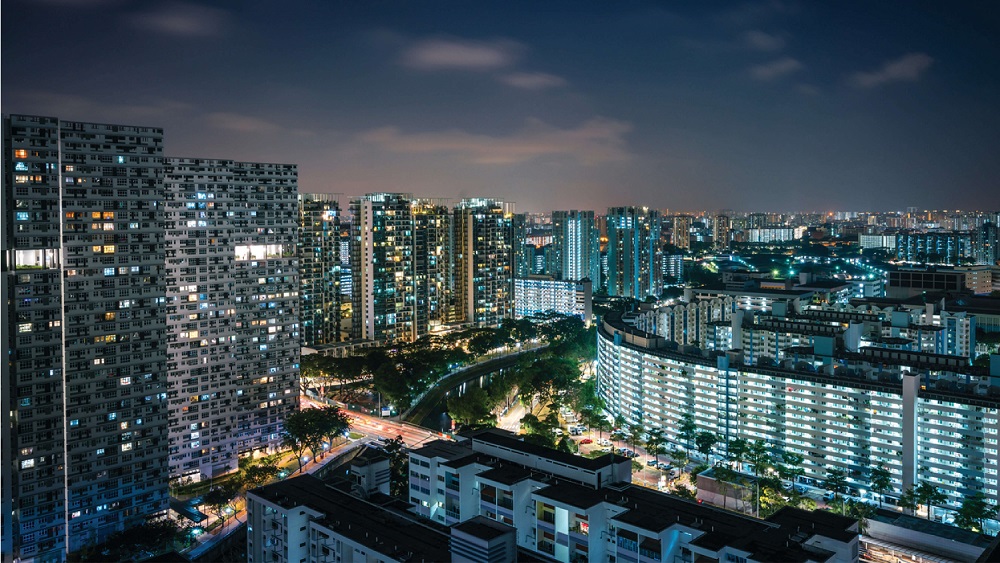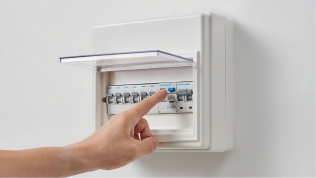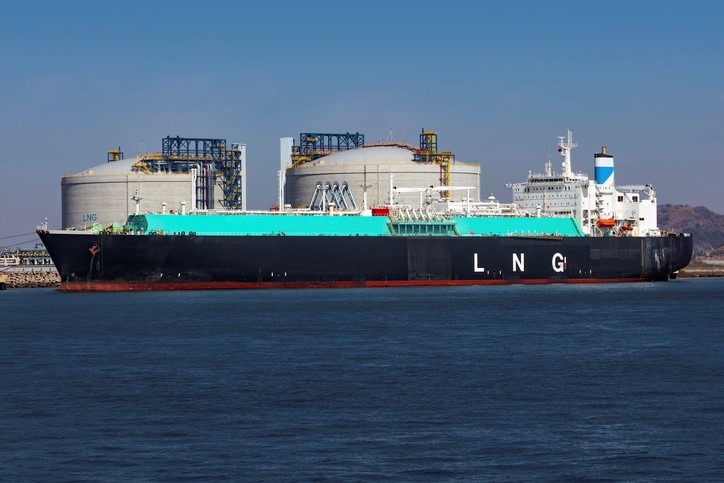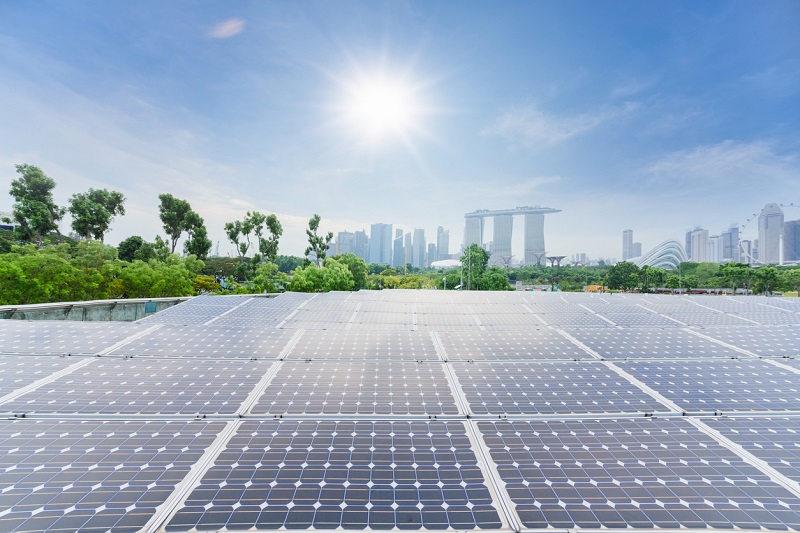For more information, please refer to:
A Singapore Government Agency WebsiteHow to identify
Official website links end with .gov.sg
Government agencies communicate via .gov.sg websites
(e.g. go.gov.sg/open).Trusted websites
Secure websites use HTTPS
Look for a lock ( )or https:// as an added precaution. Share sensitive information only on official, secure websites.
Media Releases
26 Oct 2023
- The Energy Market Authority (EMA) will be putting in place emission standards for new and repowered fossil fuel-fired power generation units to facilitate the deployment of clean and efficient power generation units in Singapore. EMA will consult the industry on the new Code of Practice to enforce the emission standards from 2024.
- Over the next decade, new and repowered generation units will be required to enter the system to meet increasing electricity demand and replace outgoing ones as ageing power plants reach their end of life and are gradually retired. Repowered units are generation units that have undergone significant works to replace their critical components, such as turbines. It is imperative that the new and repowered units use the best-in-class technology available and are as emissions-efficient as possible to help reduce the power sector’s carbon footprint.
- Under the new two-tier emission standards, generation units which are expected to run regularly will need to meet the Tier 1 standard. Tier 1 units will need to keep within a 0.355 tCO2e/MWh emission intensity limit. This is around 10% more carbon-efficient than the existing generation units in Singapore. Tier 1 is aimed at encouraging the entry of lower-carbon intensive generation units, such as more efficient Combined Cycle Gas Turbines (CCGTs) that provide baseload electricity capacity.
- Generation units that are expected to run only periodically can opt to fall under the Tier 2 standard. Tier 2 units will need to keep within an emission (tCO2e) cap each year, to allow the entry of other generation technologies that may be less efficient but necessary to provide energy security and flexibility in the electricity grid. To manage their overall emissions, Tier 2 units must limit their operation duration each year to keep within the emission cap. Examples of Tier 2 units include fast-start Open Cycle Gas Turbines (OCGTs) that are used to meet peak electricity demand, or new gas engines that can help Singapore better integrate different low-carbon energy sources (e.g. solar and low-carbon electricity imports) into the system.
- EMA will also require both Tier 1 and Tier 2 units to be at least 30% hydrogen-ready by volume, with the ability to be retrofitted to become 100% hydrogen-ready in future. This will ensure that Singapore’s new power generation units can further reduce their emissions when hydrogen becomes more commercially viable.
- As Singapore continues to rely on natural gas for energy reliability beyond the next decade, emissions standards will future-proof the nation’s power generation fleet and support power generation companies in their decarbonisation journeys. The standards will also offer greater clarity to potential investors who are looking to invest in new generation capacity in Singapore.
- These standards are set based on best-in-class technologies available in the market today. EMA will continue to review and gradually tighten the emission standards over time to ensure the power sector is on track to facilitate the transition to net zero emissions by 2050.
- The Final Determination Paper on the Emission Standards For Power Generation Units is available at https://go.gov.sg/new-emission-standards-for-power-generation.













